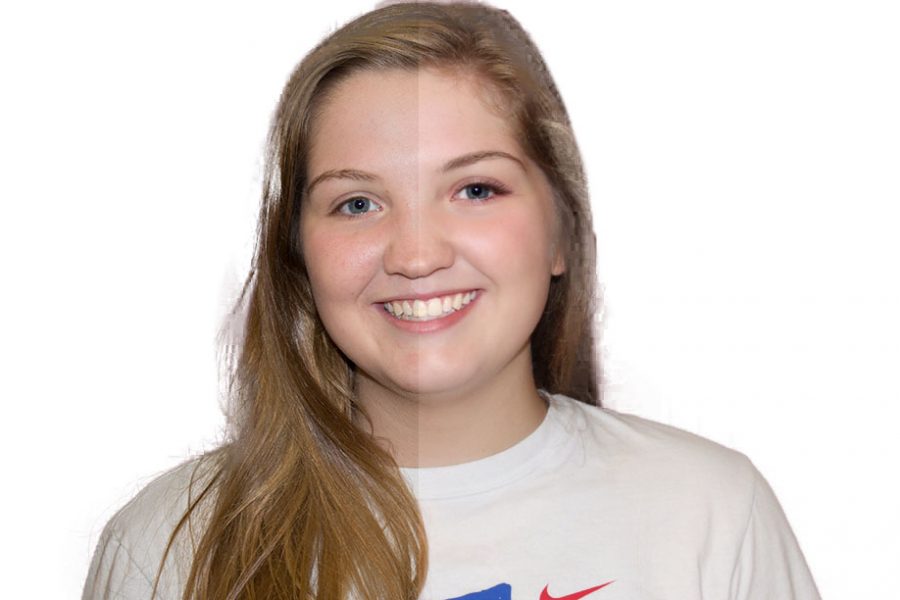Living in a Distorted Reality
Seeing is not always believing and perspective is not always perceiving.
Re·al·i·ty
rēalədē/
noun
The world or the state of things as they actually exist, as opposed to an idealistic or notional idea of them.
The state or quality of having existence or substance.
***
Photography takes effort and perspective, but being able to portray a photo that makes the viewer perceive the desired message the photographer sets requires skill. But what if the overall message provides a false sense of reality?
“I feel like [reality] is the perspective of the individual and the perception of what is exactly going on,” sophomore Jordan Balleza said. “So then, the distorted reality is different from the normal perspective.”
Perspective is everything, but so is perceiving. One’s perspective is a point of view or an evaluation of something. Perspective is mainly focused on inner thoughts and opinions. Perception on the other hand, is the process of understanding other information using the thoughts from our perspectives. Both run hand in hand, but have slight differences.
According to a study done by the University of North Carolina, the average student has around nine hours of media consumption a day. This includes social media, newspapers and magazines, computers, radio, television and advertisements from games. These outlets provide one with current information, but also a sense of perspective. Bias from different articles and opinions on media cultivate different standards of perfection. All throughout the media industry, models are shaped into what is appealing to the eye. Regardless of the physical traits of the model or the angles and camera settings, young readers constantly see the fashion and beauty industry’s version of beautiful. Growing up in the digital age, these standards regarding photos has risen to an unattainable limit. Due to a rise in different standards within media, Photoshop is opposing the very definition of reality.
“Photoshop creates a [false sense of reality],” said Balleza. “It creates a separate divide of what you are doing, and then the standards you are being held to. This is just how it is and that’s why people commonly do editing: to make themselves above that normalized standard for photos.”
Within the same studies from University of North Carolina, researchers found that “everyday people” edit their own taken photos (regardless of the type of photo or camera) just as much as modeling and magazine corporations. Out of 52 percent of women who take selfies, 13 percent of women say they retouch every selfie.
If reality is the state in which things are the way they are, why do people change and edit photos? The answer: the unattainable standards media has set for them. Over camera rolls and different social media apps, many editing options are available. The most common app that has editing available is Instagram. When one takes or selects a photo from the gallery, retouching options and filter selections are quick to be accessed. Users can change the brightness and contrast, highlights and shadows, along with the different structures of the photo.
“I’m the type of person that has to listen to whatever anyone else says even though I know I shouldn’t,” Balleza said. “It’s just something that is engraved into me… for me personally I retouch just so that I can be more confident and I know that I look better.”
Balleza is not the only one to retouch her photos. According to Psychology Today, “Two out of five girls retouch their photos to make themselves look better before posting on a form of media.”
Photography was a skill that was admired in years past. Photographers attained the desired image through hard work and an end goal. Basic photos were taken in the extremes from the extraordinary angles and expensive cameras. In the technology advancing world, the hard work consists of a single click and the perception of the viewers. Instead of posting original and real photos on social media, users are looking at a false reality of what the world actually is. Will the old fashioned photography styles continue to remain in the shadows of a mouse cursor?



